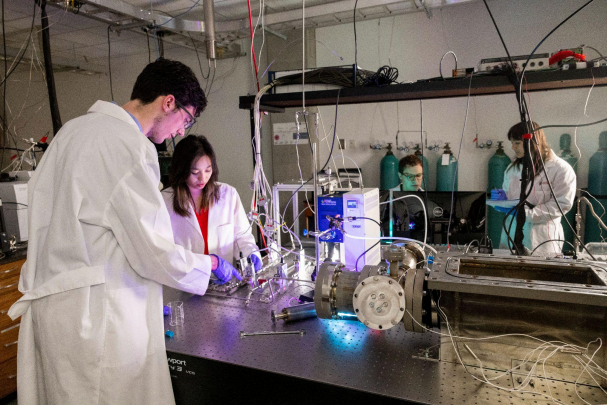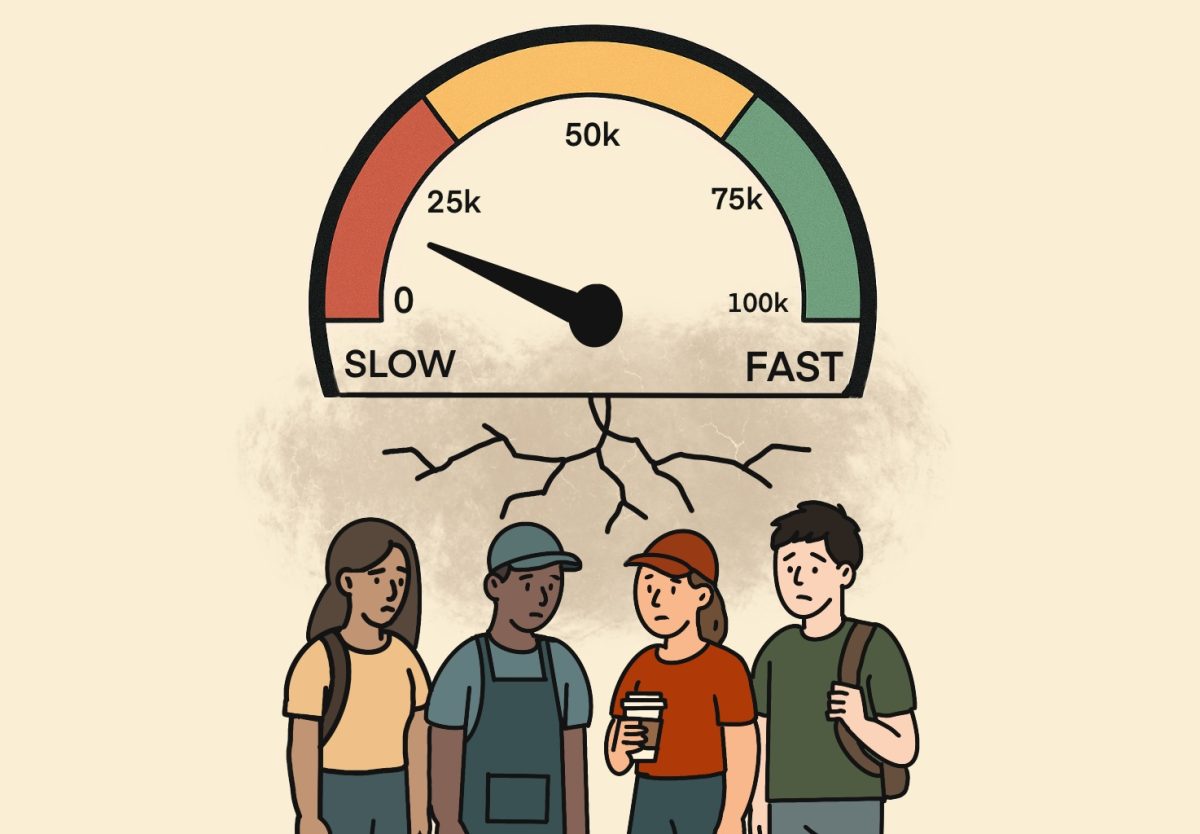Beginning March 2016, high school students choosing to take the SAT will experience a redesigned test format which upon first look bears many similar qualities to its rival, the ACT.
According to Jed Applerouth, a nationally-certified counselor with a Ph.D. in Educational Psychology, the ACT has been gaining popularity in the past few decades, and one of the major drivers in the changes to the SAT has been competition with the ACT for dominance.
“The ACT has been able to win a lot more state contracts all over the U.S., so College Board has definitely been pressured to imitate the ACT,” Applerouth said. In 2001, Illinois and Colorado became the first states to have all students take the ACT college admission test, with many more states following in their footsteps. By 2014, 13 states had contracts with the ACT.
According to an analysis by the Washington Post, the number of students taking the ACT has surpassed the number taking the SAT by over 150,000. This number is projected to reach more than a quarter million by the end of this school year.
Current junior Grace Dwyer plans to take the old SAT but will switch to the ACT if she doesn’t get a score she is happy with by March.
“We’re not totally sure how the new test is going to look, and they don’t have quite the extensive study aid books and prep that they do for the ACT and old SAT,” Dwyer said.
The new test will feature questions which can be traced directly to high school common core standards. States such as Louisiana and Alabama have actually started using the average tests score on the ACT to measure teacher performance because the test is more aligned with what is being taught in high school.
The four practice tests released by College Board this past summer gave teachers and experts a pretty good look at what to expect for the new SAT.
The new test format is all about critical thinking and reasoning. The days of esoteric and abstract vocabulary are over, and in its place are more challenging reading passages and analytical questions.
“The vocabulary sections always seemed a bit unfair to me since it was so specialized,” junior Emma Slutsker said. “[Now, the new SAT] will become more about abilities and not memorization.”
Vocabulary has served as part of any major IQ test because it has the highest correlation of any individual measure of crystallized intelligence, otherwise known as an individual’s knowledge base. Getting rid of that component of the SAT will pull the it further away from an IQ test.
“I think it is good to move away from [IQ tests] as we work toward achievement,” Applerouth said.
The new SAT essay asks students to analyze documents in a format similar to the Document Based Question on AP exams. Like the ACT, the new SAT essay is optional. Students will also be given twice as much time for the essay than the 25 minutes previously allotted.
“What’s interesting is that the ACT is now imitating the SAT, and they’re changing up their essay in response,” Applerouth said. This response is fairly similar to what happened in 2005, when the SAT integrated a new writing section with an essay component and the ACT adopted an optional essay.
The math section is more textually-based than before, with about half the questions becoming word problems. Additionally, more questions will combine mathematical concepts and throw in “distracting information.”
“On the old test, they would isolate one concept and ask you one part, such as find the slope or the sine, but here they will ask you to find the slope and the sine,” Applerouth said. The new test questions aim to test how well a student can read and interpret a problem—a skill known as math fluency.
Despite the increasing difficulty and complexity of math problems, score tables and projections have indicated a more generous curve for the section. A student taking the old SAT could not score above a 700 in the math section after missing just four questions. A student taking the new SAT can still score a 700 after missing twice as many questions in the math section.
“Probably the most radical departure from the ACT is this new math section,” Applerouth said. “The ACT, especially the science section, is speedy, and College Board is steering away from that.” Students will receive an average of 40 percent more time per question than the ACT math section.
The current junior class will have the choice of taking the old SAT, waiting until March to take the new SAT, or taking the ACT instead.
“I think that [the changes are] very beneficial,” Dwyer said. “We can play to our strengths when deciding which test to take, and it could really help improve our scores.”
According to College Board, score reports for the March 2016 test will be delayed until around June, after the May test date. This delay is so that scores can be compared between the two different tests to ensure a normal curve.
“I wish we could have some class before us to be the guinea pigs for the new test because I don’t totally know what to expect out of it, but it’s kind of nice to have the choices,” Slutsker said.
The SAT will likely lose even more students this year as juniors flock to the ACT, but in the long run colleges may prefer the more challenging math section and the deeper, more analytical writing and reading sections of the new SAT. For now, however, everything is speculation, and universities will have to wait to see how these test grades reflect GPAs of college freshmen.
“People ask me the question, you know, ‘will the ACT win?’ and I don’t think so,” Applerouth said. “My sense is even though these tests are going to be more similar than ever before, I think there is still room for having some choice and having some distinctions with the timing difference and content.”







